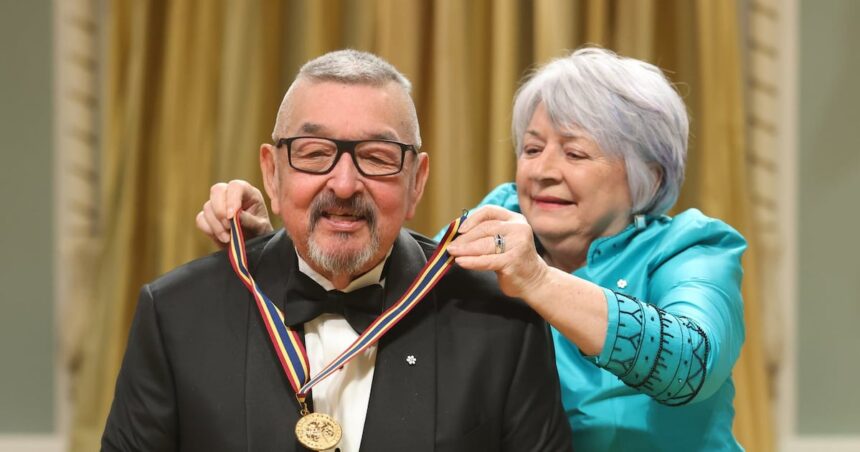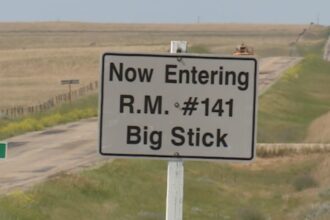In the quiet hours of Monday evening, Canadian film and television lost one of its most distinguished voices. Graham Greene, the Academy Award-nominated actor whose powerful performances brought depth and dignity to Indigenous characters across four decades of cinema, has died at 73.
Greene’s wife, Hilary, confirmed that the celebrated actor passed away peacefully in his home outside Toronto after a brief illness, surrounded by family and close friends.
“Graham had this remarkable ability to communicate volumes with just a glance,” said longtime friend and director Chris Eyre, who worked with Greene on multiple projects. “He wasn’t just an actor who happened to be Native; he was an artist who transformed how Indigenous characters were portrayed in mainstream media.”
Born on the Six Nations Reserve in Ohsweken, Ontario, Greene’s path to stardom wasn’t immediate. Before finding success in acting, he worked as a steelworker, factory technician, and audio engineer. His career breakthrough came relatively late, at age 38, when he was cast in the 1990 epic “Dances With Wolves” alongside Kevin Costner.
His portrayal of the wise and stoic Kicking Bird earned him an Academy Award nomination for Best Supporting Actor, making him one of the few Indigenous performers ever recognized by the Academy. The performance showcased Greene’s extraordinary ability to convey profound emotion with subtle, measured delivery—a trademark that would define his work throughout his career.
“What Graham did for Indigenous representation cannot be overstated,” noted Canadian filmmaker Alanis Obomsawin. “Before him, these roles were often played by non-Native actors or written as stereotypes. Graham brought authenticity, complexity, and tremendous humanity to every character.”
Greene’s filmography reads like a timeline of changing attitudes toward Indigenous representation in North American cinema. From “Thunderheart” and “The Green Mile” to television roles in “Northern Exposure,” “Defiance,” and “Longmire,” Greene consistently delivered performances that challenged audiences and expanded the range of Indigenous characters on screen.
Canadian Prime Minister Justin Trudeau praised Greene as “a trailblazer who broke barriers for Indigenous actors while representing Canada with unmatched dignity on the global stage.”
In recent years, Greene had taken on memorable roles in the critically acclaimed series “Reservation Dogs” and had completed filming on two upcoming features set for release later this year.
Beyond his artistic achievements, Greene was known for his advocacy work supporting Indigenous youth arts programs across Canada. He established the Greene Foundation in 2010, which has provided scholarships to over 300 young Indigenous performers seeking careers in film, television, and theater.
Greene’s passing comes at a time when Indigenous storytelling is finally gaining broader recognition in mainstream entertainment, a shift he helped pioneer through decades of groundbreaking work.
As tributes pour in from across the entertainment industry and beyond, the consensus is clear: Graham Greene didn’t just play memorable characters—he fundamentally changed how Indigenous stories are told and who gets to tell them.
In a 2020 interview with the Canadian Film Centre, Greene reflected on his legacy: “I never set out to be a trailblazer. I just wanted to be good at what I did. If that opened doors for others who look like me, then that’s the greatest achievement I could hope for.”
As Canada and the global film community mourn his passing, one question remains: How might the landscape of Indigenous representation in film have developed without Graham Greene’s pioneering presence, and what responsibility do we now have to continue the path he helped forge?










